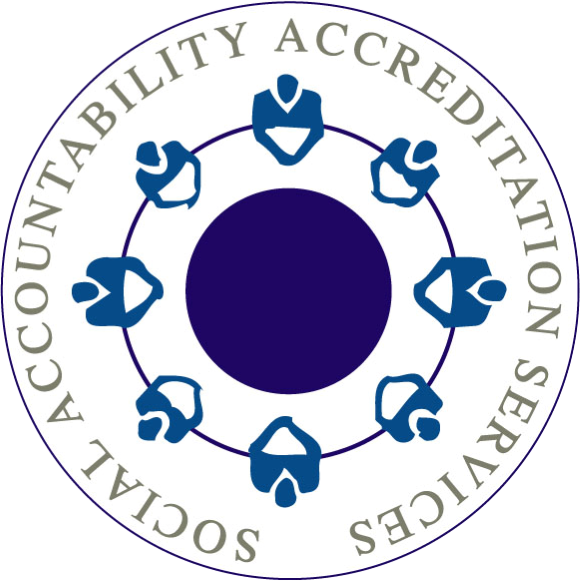< Back to SAAS Document Library
Doing business in any country carries risks, but conditions in some places can make credible certification audits difficult. Conditions such as travel restrictions, a culture of corruption, and poor health and safety standards can undermine the credibility of certification.
SAAS has developed a country risk assessment process for the SA8000 system based on extensive research and consultation. This process categorizes the risk level of each country (Highest, High, or Lower) and assigns required oversight and assurance activities according to risk level. Activities taking place in higher risk locations receive more oversight than those in countries determined to be lower risk. Using risk-based systems increases efficiency and enables better resource allocation and focus.
SAAS assigns country risk levels for SA8000 globally, but we encourage CBs to conduct their own risk assessments and cost/benefit analyses to determine where they will and will not deliver services. The decision to offer SA8000 certification in a given country (within their accreditation scope) belongs to each individual CB. CBs may choose to not deliver services for a variety of reasons, such as political instability, human rights violations, and/or concerns over managing local clients.
Download the Country Risk Assessments
See Procedure 200 and Procedure 201A for specific oversight and assurance requirements of each risk level.
Worldwide Governance Indicators
To be effective for use in a certification system, risk rankings need to be systematic, consistent, and based on objective evidence. To fulfill these requirements, SAAS uses the Worldwide Governance Indicators (WGI) to assess labor risk.
The WGI reports governance indicators by country based up publicly available data from NGOs, international organizations, survey institutes, and private sector firms. These indicators provide information about a country’s institutions, stability, citizen participation, and the prevalence of corruption. The WGI reports are useful for broad, cross-country comparisons and include perspectives from within each country. They also provide insight on governance trends that directly affect elements of the SA8000 system. SAAS uses risk ranking with strategies to provide a greater level of assurance as part of the accredited SA8000 certification process and continually increase confidence in the delivery of SA8000 services as well as the certified organization’s ability to meet the requirements in the standard. Note: the initial analysis and risk ranking by SAAS was issued in 2015 and there is no timeline for a reevaluation.
The country-specific policies based upon this country risk assessment address the SA8000 process at several levels:
- the amount of oversight and activities for the SA8000 client;
- the amount of oversight and activities by and within the CB structure;
- the amount of oversight and activities by SAAS over the CB.
The WGI rankings are based upon indicators identified below:
| WGI Indicator | Measures | Relationship to Labor Compliance (examples) |
|---|---|---|
| Voice and Accountability | Extent to which a country’s citizens are able to participate in selecting their government, as well as freedom of expression, freedom of association, and a free media | Workers’ ability to form unions and express concerns about their working conditions |
| Political Stability and Absence of Violence | Perceptions of the likelihood that the government will be destabilized or overthrown by unconstitutional or violent means, including domestic violence and terrorism | Unrest, protests, riots caused by unmet worker expectations and needs, e.g., minimum wage |
| Government Effectiveness | Quality of public services, the quality of the civil service and the degree of its independence from political pressures, the quality of policy formulation and implementation, and the credibility of the government’s commitment to such policies | Existence of a Department/ Ministry of Labor and other relevant institutions that establish and maintain rules regarding working conditions and that provide work-related services |
| Regulatory Quality | Ability of the government to formulate and implement sound policies and regulations that permit and promote private sector development | Promulgation of labor laws and related business laws |
| Rule of Law | Extent to which agents have confidence in and abide by the rules of society, in particular the quality of contract enforcement, the police, and the courts, as well as the likelihood of crime and violence | Effectiveness of labor laws; ability to seek redress for non-compliance with labor laws |
| Control of Corruption | Extent to which public power is exercised for private gain, including petty and grand forms of corruption, as well as “capture” of the state by elites and private interests | Prevalence of bribes to government labor inspectors or private social compliance auditors |

 Social Accountability Accreditation Services (SAAS)
Social Accountability Accreditation Services (SAAS)